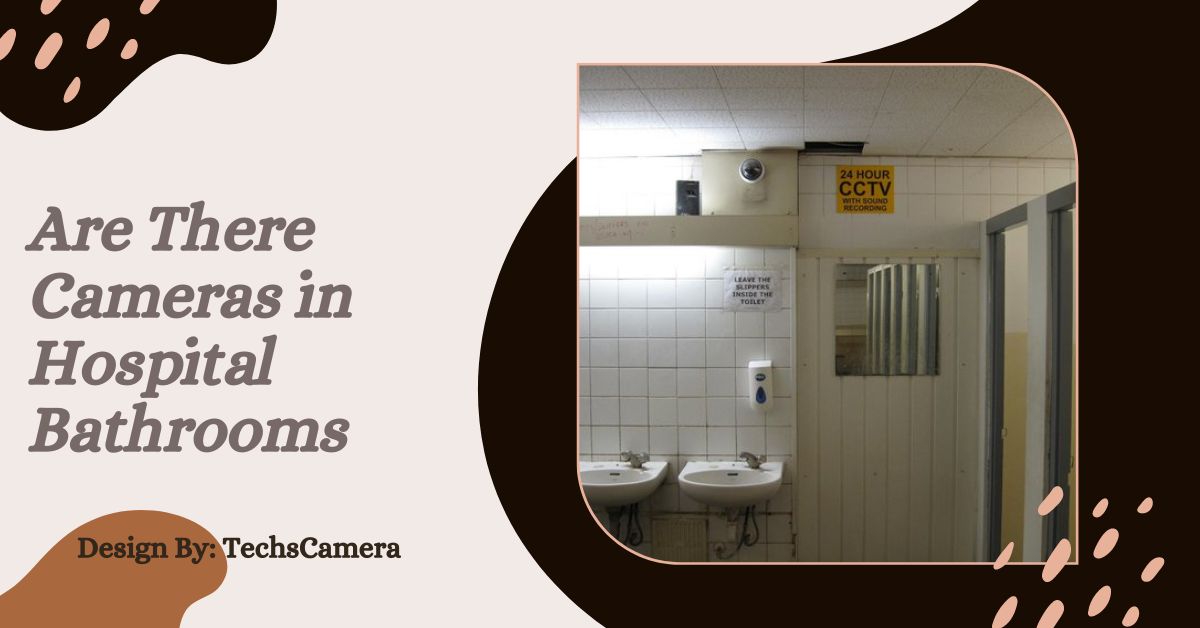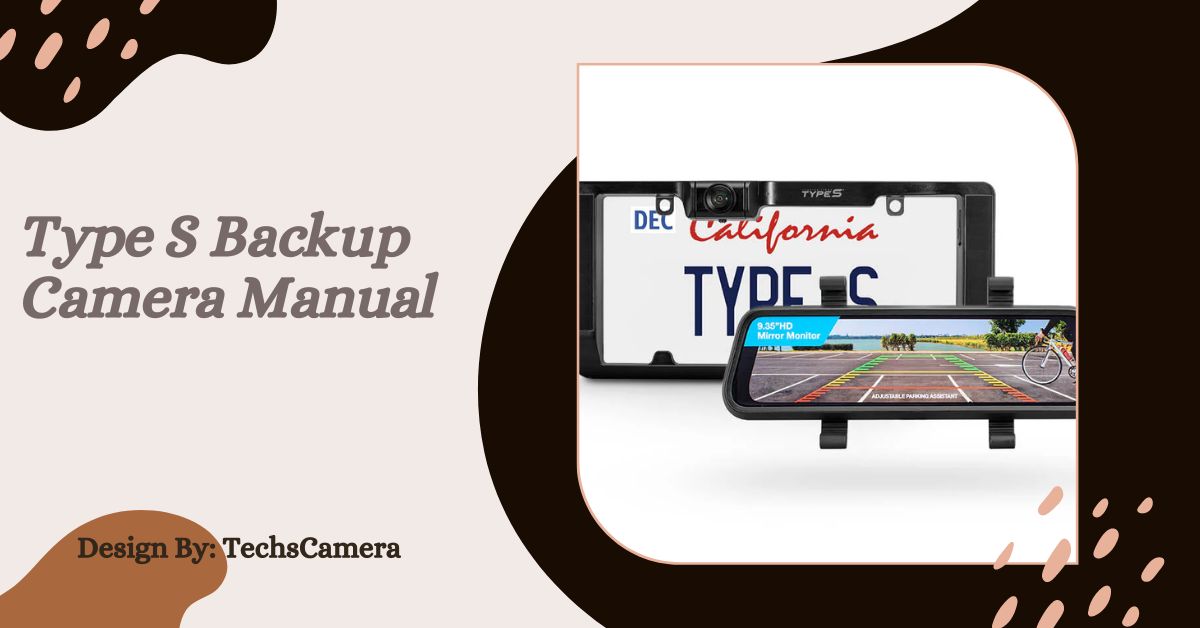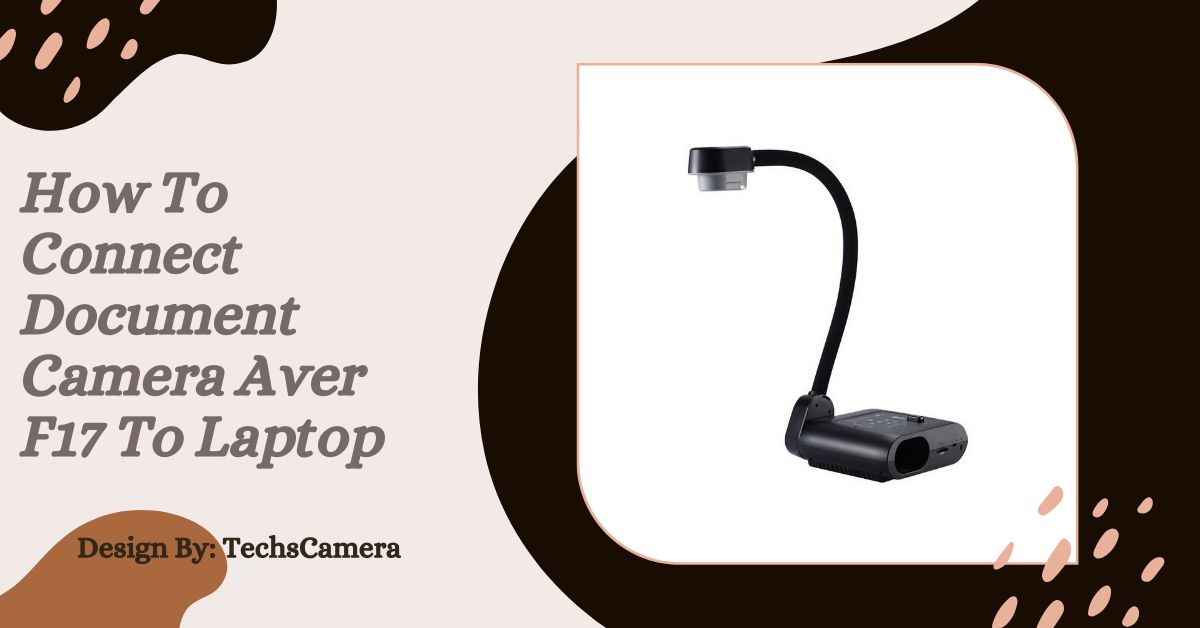Yes, hospitals may install surveillance cameras in certain areas, including bathrooms, to ensure patient safety and security.
In the rapidly evolving landscape of healthcare, striking a balance between security and privacy in hospital settings is increasingly crucial. This article delves into the intricate dynamics of surveillance and its implications for patient privacy, alongside the measures hospitals employ to safeguard both.
Importance of Privacy in Hospital Settings:
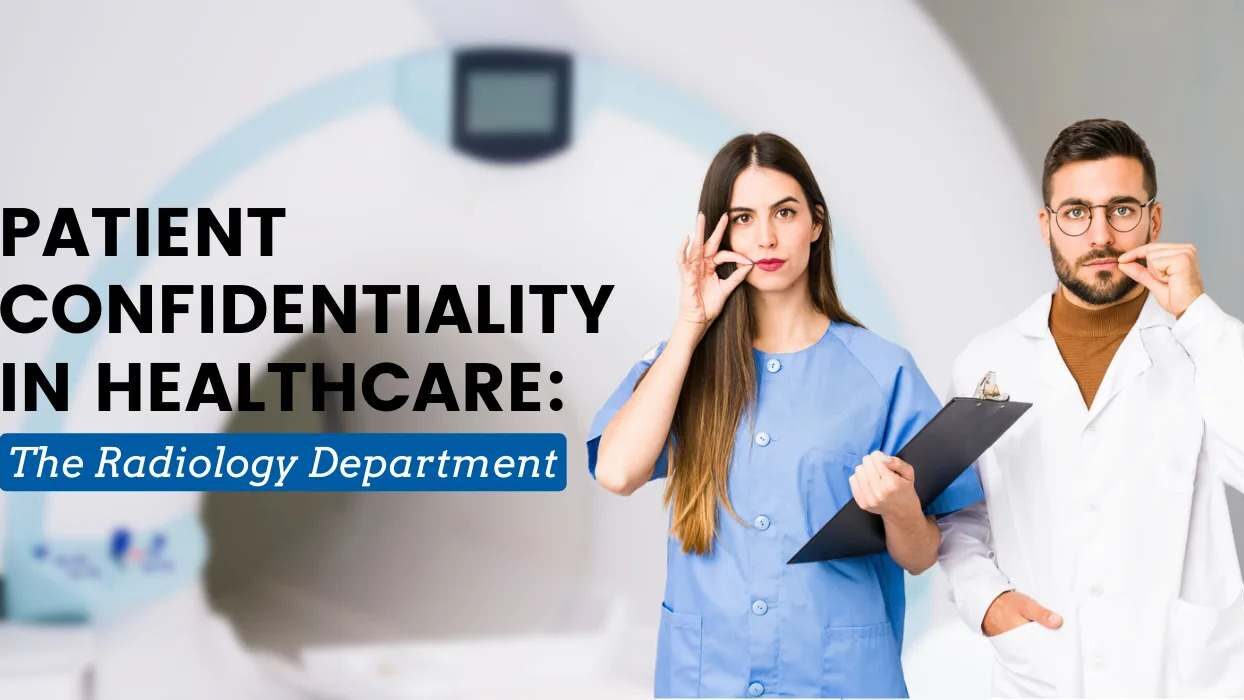
Ensuring patient privacy goes beyond a legal obligation—it is fundamental to ethical medical practice. Hospitals must uphold patients’ rights to confidentiality and dignity while implementing robust security measures. Patients entrust healthcare providers with sensitive information, expecting it to remain private. This trust forms the foundation of the doctor-patient relationship and is essential for effective medical care.
When privacy is compromised, whether through inadequate security measures or inappropriate surveillance practices, patients may feel vulnerable and reluctant to disclose crucial health information. Therefore, maintaining privacy not only respects legal requirements but also preserves the ethical integrity of healthcare delivery.
Growing Concerns Over Surveillance:
Advancements in surveillance technologies have sparked debates about their impact on patient privacy. While these technologies promise enhanced security and improved monitoring capabilities, they also raise significant concerns about potential privacy infringements. The proliferation of cameras and monitoring devices in healthcare settings necessitates careful consideration of their implications for patient confidentiality and dignity.
Healthcare institutions must navigate these challenges to ensure that surveillance practices are ethically sound and compliant with legal standards. Striking a balance between security imperatives and patient privacy rights is paramount to maintaining trust in healthcare environments.
Understanding Hospital Security Measures:
Hospitals employ comprehensive security protocols, including physical measures like locked doors and security checkpoints, alongside advanced surveillance systems integrating cameras and sensors. These measures create a secure environment, monitoring public areas for safety without compromising patient privacy. Surveillance is strategically used in both public and private areas, ensuring patient confidentiality while upholding ethical standards of care.
Also read: 2021 Hyundai Santa fe Backup Camera not Working – Solutions and Tips!
Legal and Ethical Considerations:
Patient Privacy Laws and Regulations:
Healthcare providers must comply with stringent privacy laws like HIPAA, ensuring secure handling of patient information with penalties for non-compliance. Hospitals implement robust policies to safeguard patient data from breaches.
HIPAA Compliance:
HIPAA sets standards for protecting patient health information (PHI), requiring hospitals to establish administrative, physical, and technical safeguards. Compliance demonstrates hospitals’ commitment to patient privacy and ethical healthcare practices.
State and Federal Laws:
Apart from HIPAA, hospitals adhere to state and federal laws governing surveillance, ensuring patient privacy in healthcare settings. Compliance mitigates legal risks and upholds ethical responsibilities.
Ethical Implications of Surveillance in Sensitive Areas:
Surveillance in sensitive areas like treatment rooms raises ethical concerns about patient dignity and trust. Hospitals address these by establishing clear policies that prioritize patient well-being while ensuring security, fostering transparency, and engaging stakeholders.
Surveillance in Hospital Bathrooms:
Policy and Practices Regarding Bathroom Surveillance:
Hospitals establish clear policies for bathroom surveillance to ensure patient safety while respecting privacy rights. These policies outline when surveillance is necessary, emphasizing patient dignity and security. Effective communication fosters transparency and accountability in surveillance practices.
Hospital Policies on Surveillance:
Transparent communication of surveillance policies is crucial for patient trust and legal compliance. Hospitals clarify the purpose and scope of surveillance, including in bathrooms, to uphold patient privacy. Engaging with patients and staff addresses concerns and underscores ethical surveillance practices.
Justifications for Surveillance in Bathrooms:
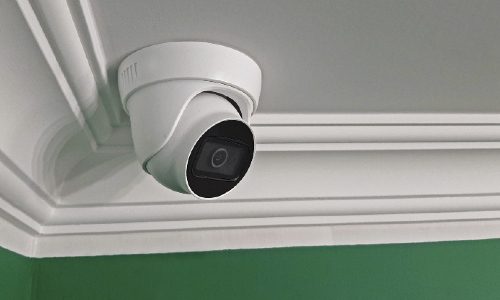
Surveillance in hospital bathrooms is justified for patient safety, emergency response, and preventing unauthorized activities. Hospitals balance security needs with patient privacy rights and ethical principles. Evaluating necessity and impact guides measures that enhance security while respecting privacy.
Instances Where Cameras May be Present (if any):
Cameras may be installed in hospital bathrooms based on legal and security justifications. Hospitals evaluate these instances to comply with privacy laws and ethical standards. Transparent communication with stakeholders addresses ethical and privacy concerns, ensuring patient trust in surveillance practices.
Patient Rights and Privacy Concerns:
Rights of Patients Regarding Privacy:
Patients are entitled to clear information about surveillance practices, including any monitoring in sensitive areas like bathrooms, to enable informed decision-making. Hospitals uphold patient autonomy and confidentiality, ensuring patient-centered care.
Informed Consent:
Prior to implementing surveillance practices, hospitals educate patients about their purpose, scope, and safeguards to address privacy and security concerns. Obtaining informed consent demonstrates hospitals’ commitment to patient rights and trust in healthcare delivery.
Balancing Privacy Rights with Security Needs:
Hospitals navigate ethical and legal frameworks to balance patient privacy with security imperatives. Assessing surveillance practices’ necessity and impact mitigates risks to patient confidentiality, reinforcing ethical standards and patient trust.
Addressing Patient Concerns About Surveillance:
Effective communication and advocacy address patient concerns regarding surveillance practices. Hospitals engage with patients, listen to feedback, and implement strategies to prioritize privacy, fostering an environment that values patient dignity and privacy.
Examples and Case Studies:
Real-life Instances of Privacy Concerns:
Privacy breaches in healthcare highlight the need for robust security measures and ethical surveillance practices. Hospitals can strengthen privacy protections and responses to incidents by learning from real-world examples, guiding proactive measures to safeguard patient information.
Also read: Nest Hub Camera Feed is not Available – Detailed Troubleshooting Tips!
Case Studies of Privacy Breaches:
Studying privacy breach case examples helps hospitals understand contributing factors and repercussions, informing effective policy revisions and technological enhancements. Learning from past incidents enables hospitals to uphold ethical standards and improve patient trust in healthcare delivery.
Patient Experiences and Reactions:
Listening to patient experiences with surveillance informs hospitals about privacy concerns and perceptions. By incorporating patient feedback, hospitals tailor policies and practices to prioritize comfort, confidentiality, and privacy, fostering a culture of respect and trust.
Responses and Actions Taken by Hospitals:
Hospitals respond to privacy breaches by revising policies, enhancing surveillance technologies, and strengthening staff training. These actions demonstrate a commitment to patient-centered care and ethical responsibility, bolstering their ability to protect patient privacy and maintain trust in healthcare settings.
Technological Advances and Privacy:
Technological advancements in surveillance technologies are transforming hospital security, offering capabilities such as AI-driven analytics and biometric identification systems. These innovations promise enhanced monitoring and threat detection, critical for maintaining a secure healthcare environment. However, the deployment of such technologies necessitates robust privacy safeguards to prevent unauthorized access to patient information and ensure compliance with stringent privacy regulations like HIPAA.
As hospitals adopt these advanced surveillance tools, they must carefully evaluate their impact on patient privacy. Ethical frameworks play a crucial role in guiding these implementations, emphasizing transparency, accountability, and patient consent. By integrating these ethical considerations into technological deployments, hospitals not only enhance security measures but also uphold patient rights and maintain trust in healthcare delivery.
Furthermore, evaluating the privacy implications of emerging surveillance technologies is essential. It enables hospitals to proactively address potential risks and vulnerabilities, thereby ensuring continuous compliance with evolving regulatory standards. This proactive approach not only mitigates privacy concerns but also reinforces the commitment to safeguarding patient confidentiality in the face of advancing surveillance capabilities.
Best Practices for Hospitals in Surveillance:
Implementing Responsible Guidelines:
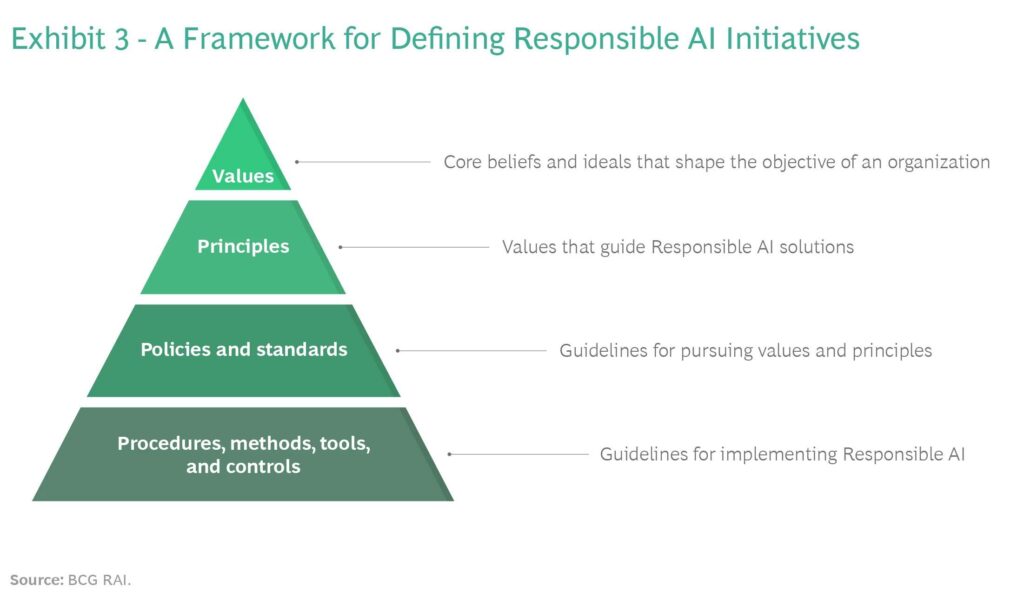
Hospitals should conduct privacy impact assessments and ensure transparency in surveillance practices to prioritize patient privacy while enhancing security. By evaluating risks and benefits, hospitals can implement measures that protect patient confidentiality and comply with legal requirements.
Privacy Impact Assessments:
These assessments evaluate the risks and benefits of surveillance practices, helping hospitals make informed decisions to protect patient privacy and comply with regulations. Integrating privacy impact assessments into surveillance planning demonstrates a commitment to ethical practices and effective patient information protection.
Ensuring Transparency and Accountability:
Transparent communication of surveillance policies builds trust with patients and stakeholders. Hospitals must align surveillance activities with ethical standards and legal requirements, ensuring accountability in operations. Fostering transparency enhances patient confidence and upholds ethical conduct in healthcare delivery.
FAQs:
1. Are there cameras in hospital bathrooms?
Yes, in some cases, hospitals install cameras in bathrooms for safety and security reasons, such as preventing unauthorized activities and ensuring emergency response readiness.
2. Why do hospitals install cameras in bathrooms?
Cameras in hospital bathrooms are installed to enhance patient safety, monitor for emergencies, and deter unauthorized activities, while balancing these needs with patient privacy considerations.
3. Do cameras in hospital bathrooms violate patient privacy?
Hospitals carefully assess and justify the placement of cameras in sensitive areas like bathrooms to minimize privacy intrusions. Policies are in place to ensure patient dignity and compliance with privacy laws.
4. How do hospitals ensure patient privacy with bathroom cameras?
Hospitals have explicit policies outlining the use of surveillance in bathrooms, emphasizing patient dignity and security considerations. Transparent communication of these policies helps maintain patient trust.
5. What laws govern the use of cameras in hospital bathrooms?
Surveillance practices, including the use of cameras in bathrooms, are regulated by federal and state laws, such as HIPAA, ensuring that patient privacy rights are upheld while balancing security needs.
Conclusion:
In balancing security with patient privacy, hospitals deploy surveillance strategically, including in sensitive areas like bathrooms, to enhance safety. Ethical frameworks and clear policies uphold patient dignity while ensuring compliance with legal standards. Transparency and accountability in surveillance practices foster trust, reinforcing hospitals’ commitment to safeguarding patient confidentiality amid evolving healthcare landscapes.
